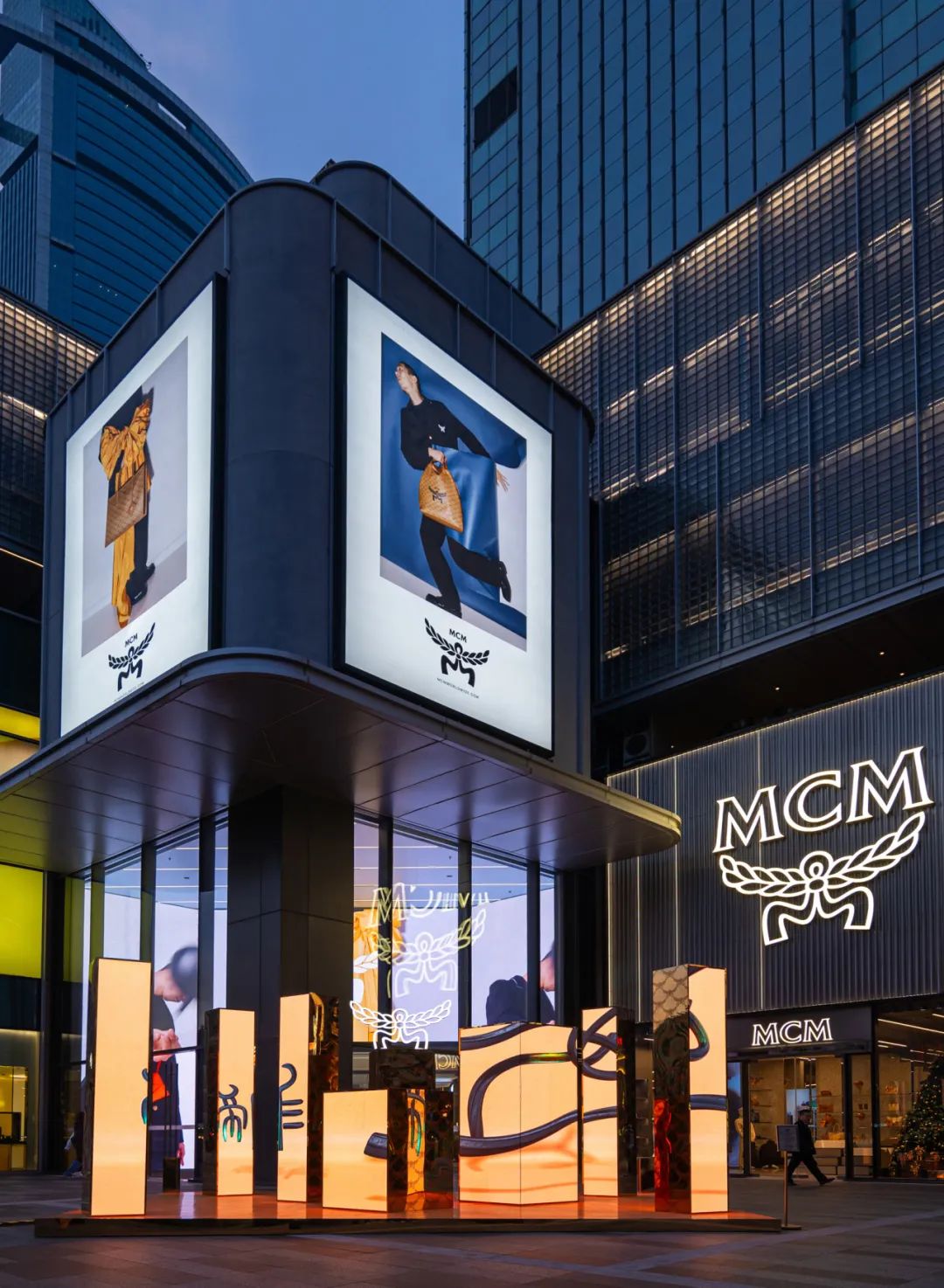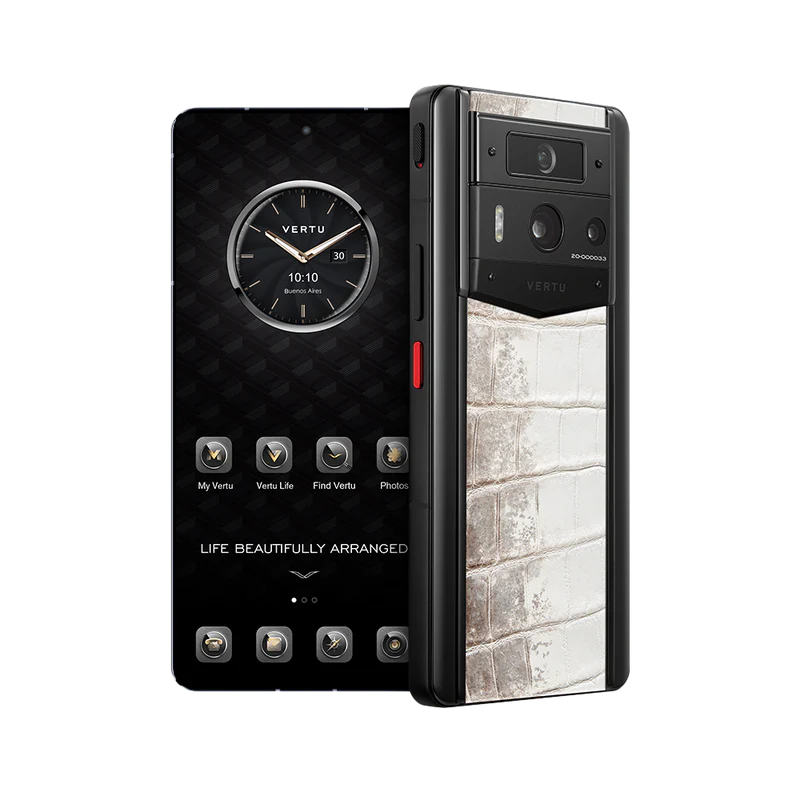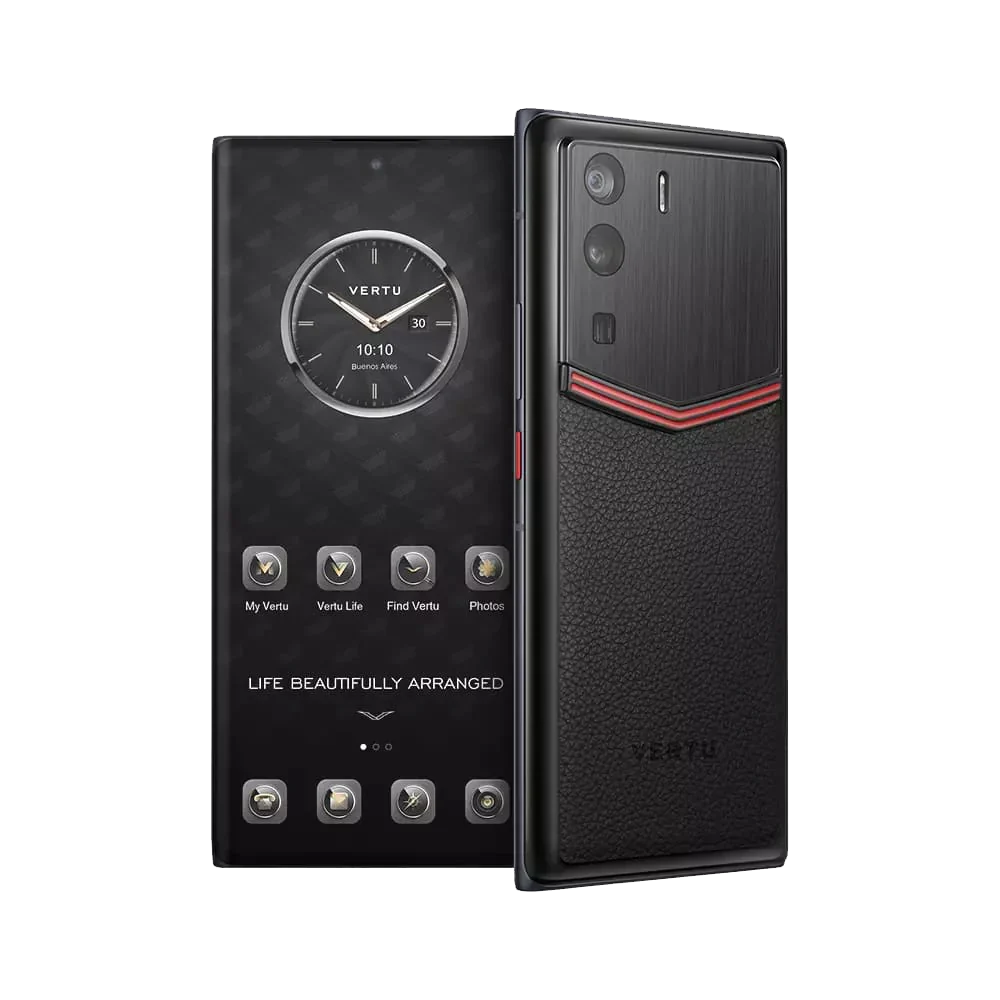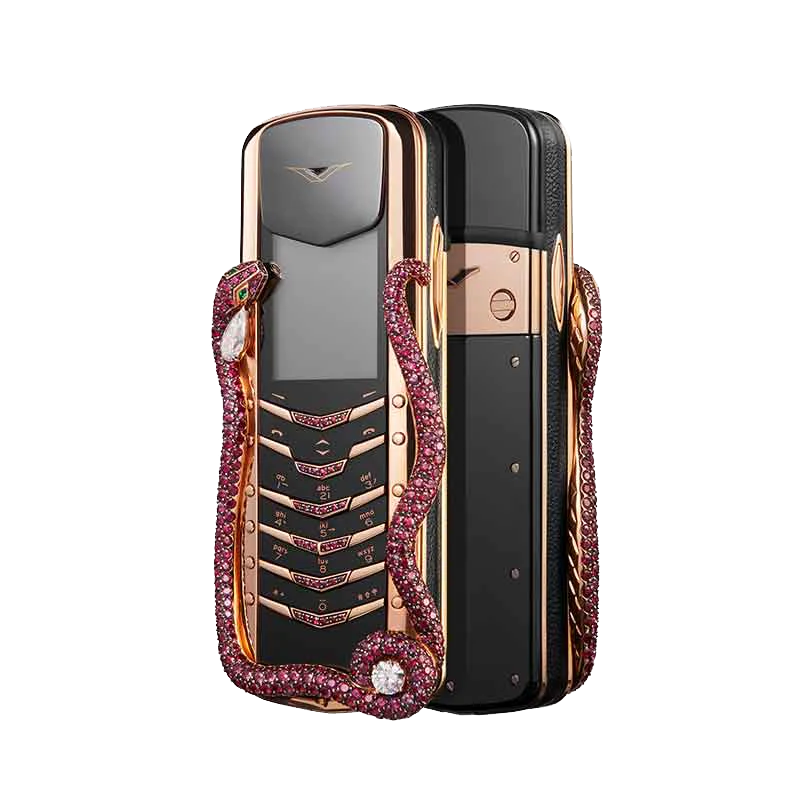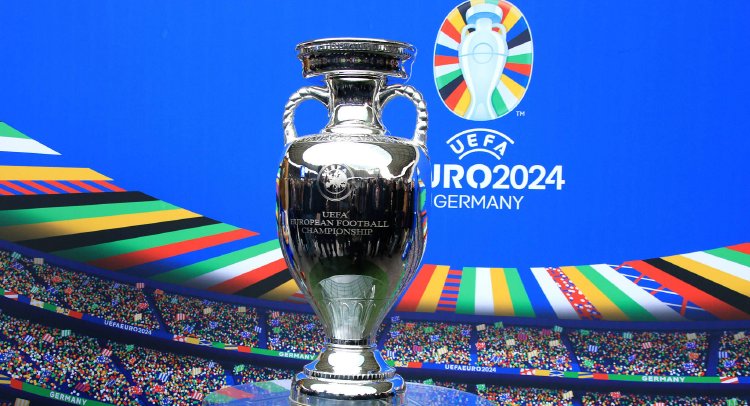During New Year’s Day, the Year of the Dragon art installations created by French luxury brand Louis Vuitton appeared on the streets of Shanghai, Beijing and Chengdu one after another. From the “diamond-encrusted” dragon teeth to the pearl elements embellished with dragon claws, its “pearlescent” exquisite shape triggered a large number of tourists to clock in and take photos, and quickly swipe social media such as Little Red Riding Book.

Photo by Louis Vuitton
Many netizens said that the device better restores the characteristics of the Chinese dragon, and integrates the iconic brand elements of Louis Vuitton into it. It is a brand new creation based on full respect for Chinese culture. It has also been pointed out that the green and green color matching is exactly the meaning of the 2024 year of Jiachen: “A is wood, wood is green, and a wood is a towering tree. In the year of Jiachen, the green dragon takes shape”
For the luxury industry, the Lunar New Year is an inescapable “cultural proposition composition”. Major brands not only need to avoid homogeneous marketing, but also “dragons” are quite different in the context of the East and the West. How to accurately understand And interpreting the “Chinese Dragon”, a totem that symbolizes the national spirit, is an important test that brands need to face.
In 2021, Louis Vuitton once created a colorful dragon through collage and installation scenery in its Shibuya store in Tokyo, but the overall shape is more cartoon, somewhat “shaped like a god”. In contrast, the Year of the Dragon device is “full of sincerity” from the design to the color details. It can achieve a win-win situation between traffic and topic in a short period of time, which is inseparable from the careful planning of the brand.

Photograph: Louis Vuitton / Yasuhiro Takagi and Tomoyuki Kusunose
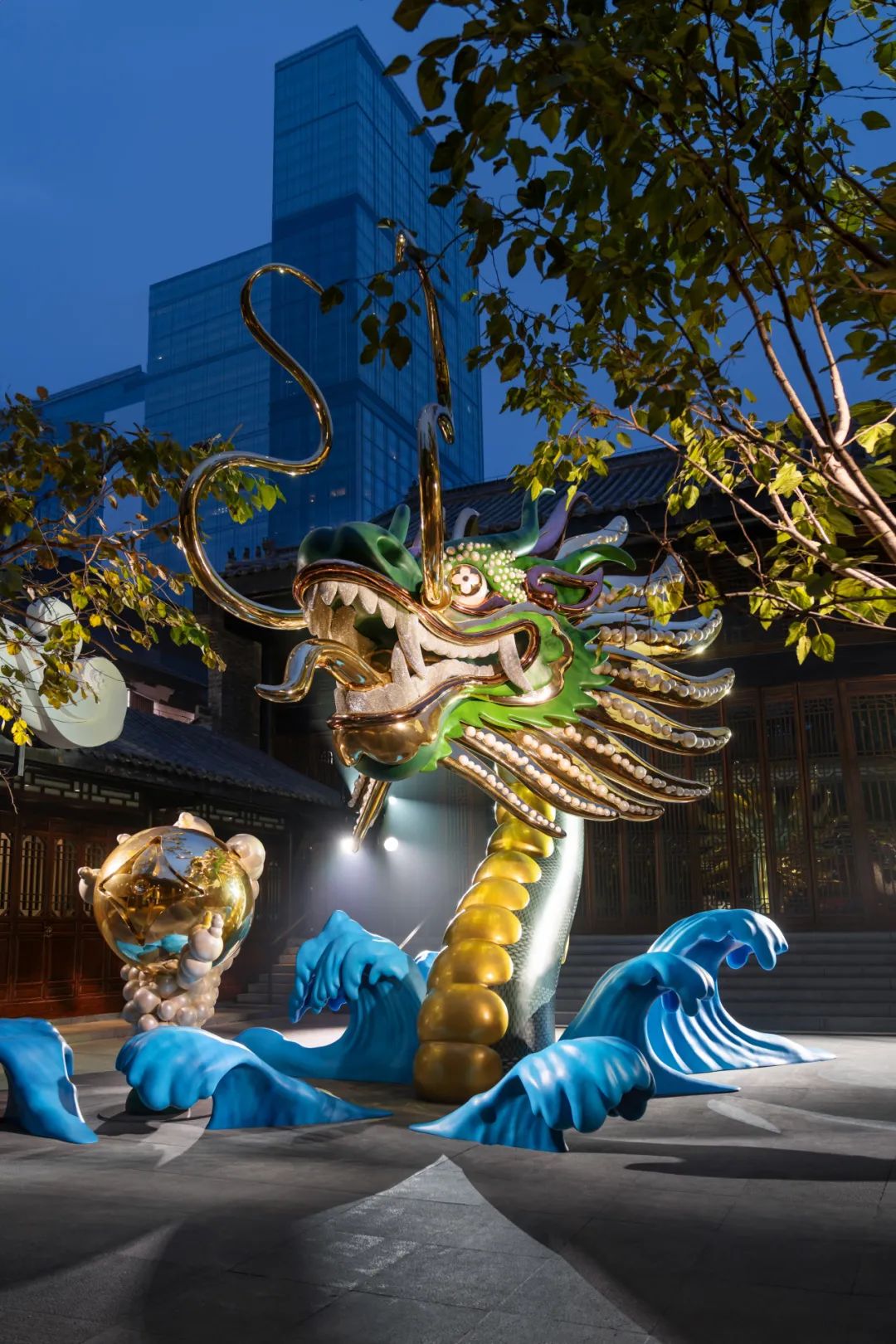
# Louis Vuitton Dragon Year installation “out of the circle” of the time, place and people
It is reported that the Chinese dragon device is jointly exhibited in conjunction with Louis Vuitton’s men’s limited space for spring and summer 2024, and has been adjusted according to local conditions in consideration of the differences in different urban spaces, so as to achieve the best presentation effect among the device, space and products.
The “Qinglong” first photographed by netizens appeared in Louis Vuitton’s Shanghai Qiantan Taikoo Li store. The dragon head and dragon tail are distributed on the left and right sides, as if the whole store is “carried” on the back. Another “Qinglong” is in Louis Vuitton House, which is adjacent to the millennium ancient temple Daci Temple in Chengdu. The area is composed of two modern single buildings and the traditional open courtyard in western Sichuan.

Photograph: Louis Vuitton / Yasuhiro Takagi and Tomoyuki Kusunose
When the Louis Vuitton House in Chengdu opened in 2022, the brand had built a giant tiger tail device that ran through the third floor. The simple shape would not block the line of sight, but it also attracted the desire to explore the tiger tail. Continuing the previous coherent moving line design, the specially created Shuanglong Huanhuan shape shows a leaping posture from inside to outside, making tradition and modern blend with each other.

Photo by ZHENG FANG/Courtesy
The Chinese dragon installation located in Sanlitun Store and Huaihai Road in Beijing is made of pure gold. When the internal lights are on, they will show the visual effect like traditional lanterns. The night is very shocking.
It is worth noting that the limited-time space of Huaihai Road is located in the PARK space LOOKNOW the original buyer’s store. Its glass appearance is transparent and open, and the whole winding dragon body is still clearly visible under the night.

Photo by Louis Vuitton
Apart from the careful layout of the device in site selection and adaptation, Louis Vuitton brand said that in terms of color selection, the men’s series created by Pharrell Williams, the creative director of men’s clothing, takes the sun as the design focus, and the limited-time space and the golden color of the device echo the sun element. And the Damier checkerboard with the space decoration pattern extending to the dragon body is a classic element of the brand commonly seen in the Pharrell show. Longyan. There are also Monogram presbyopia patterns.
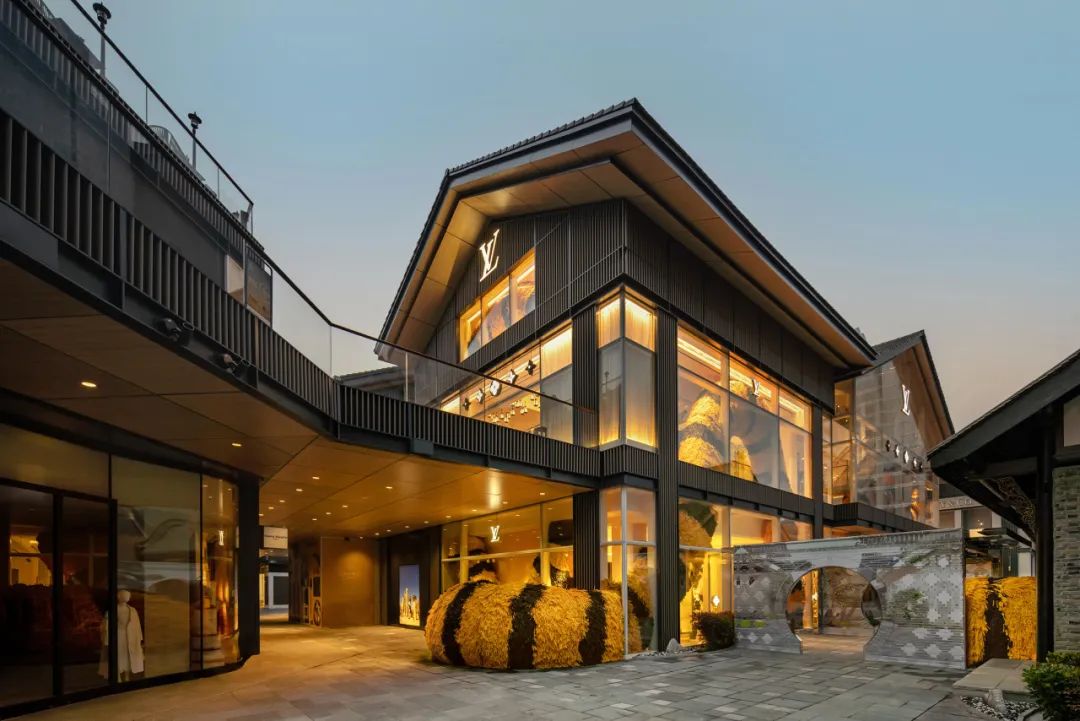
Photo by Louis Vuitton
These detailed designs of “seeing the big from the small” everywhere reflect the ultimate pursuit of the head luxury brand for image integrity and brand expression consistency. In terms of experience, in order to seize the peak of holiday travel, Louis Vuitton also opened the flash experience space on January 1 to cater to people’s pursuit of the “sense of ceremony” in the new year.
A VIC of Louis Vuitton brand, who did not want to be named, told VOGUE Business that in addition to drinks and snacks, the special session for members on Huaihai Road also specially set up a traditional sugar painting experience link to make a sugar painting dragon for those present. In addition, Wang Qiyang, a craftswoman of Zhengzhou intangible cultural heritage sugar painting who was invited to create on that day, revealed on social media that “Louis Vuitton has a lot of guests and painted nearly 300 sugar paintings a day.”
It is not difficult to find that the popularity of Louis Vuitton’s “Chinese Dragon” on the Internet is precisely the polishing of the brand from installation, space to experience and other details one by one, providing consumers with creative inspiration “material”.
Manon Hu, founder and CEO of French brand management company Astrolabel, pointed out: “on the basis of maintaining the brand gene, luxury brands are deeply exploring the local cultural environment, creating rich content and scene experience through innovative ‘local narrative’ way, so as to achieve deep resonance with the target customers in terms of cultural and emotional values.”
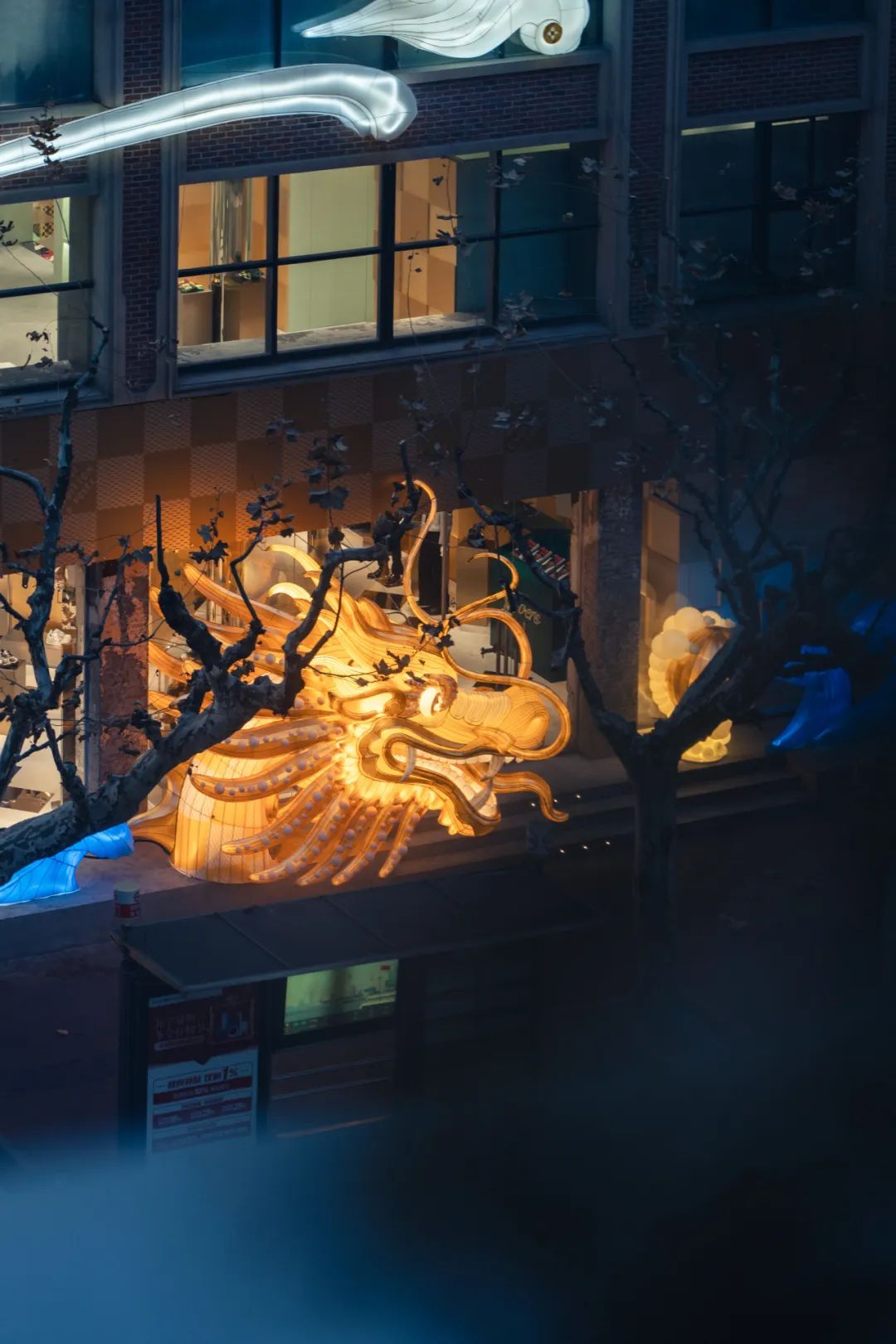
Photo by Louis Vuitton

# Create cultural resonance Multi-faceted interpretation of the Year of the Zodiac
VOGUE Business pointed out on the occasion of its launch in 2019 that the early Western luxury brands’ understanding of the Chinese New Year mostly stayed at the image level of the Chinese zodiac, but for Japan, which is also in Asia, luxury brands have given extremely high creative freedom., Including launching joint products and services with local artists or designers, and using traditional fabrics and crafts to develop new products.
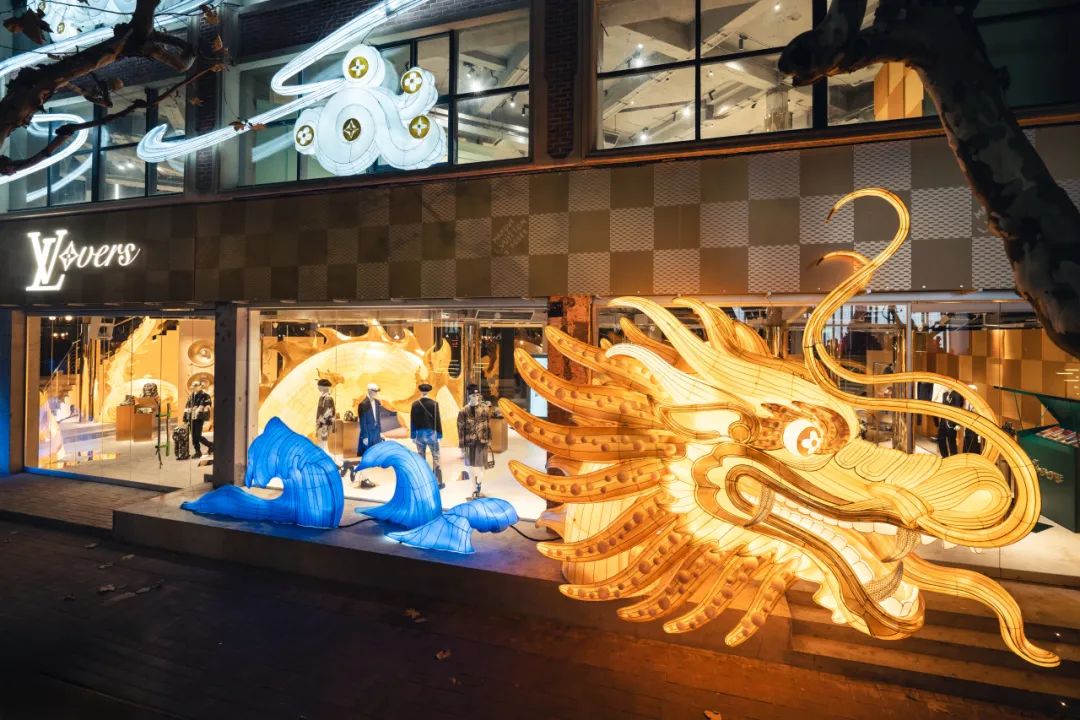
Image source: Burberry
But in recent years, luxury brands are trying to give more creative voice in the Chinese market. In Manon’s view, this is the result of the superposition of two major factors: economic and cultural. On the one hand, although the global luxury market began to fall into a growth bottleneck in the second half of this year, according to Bain, Chinese consumers’ luxury consumption accounts for nearly 1/2 of the world by 2025, and mainland and overseas purchases will each account for 50%. The importance of the local market is self-evident.

Photograph: CFOTO/Future Publishing via Getty Images
At the same time, in the process of luxury brands’ commercial layout in China, the cognition and understanding of local culture are also deepening, as is the Lunar New Year marketing. For Chinese consumers, the traditional custom of the New Year pays attention to “wearing new clothes and changing shoes”, which is also an important moment for relatives and friends to reunite and give gifts to each other.
As a festival where Chinese people place the deepest emotions, the more comprehensive and in-depth the brand can understand the humanistic meaning, the more it can stimulate consumers’ resonance from the emotional level. The year of the dragon device, which has been unveiled offline, is also gradually getting rid of the stereotype of the zodiac, and is trying to understand the spiritual and cultural significance of the dragon from an eastern perspective.
The dragon culture contains people’s hope for “peace and prosperity” in the coming year. MCM, a German luxury brand, was inspired and invited Gao Youpeng, a famous research scholar, to create nine calligraphy works based on “dragon” as a prototype, using oracle bone inscriptions as a model. It was also presented in the form of an art installation in Shanghai CITIC Pacific Plaza in December last year with curator and national cultural inheritor Han Chao. The nine “dragon” characters are connected with water flow, trees, flowers and rocks. For example, Youlong walks in the natural world, expressing good wishes in a more concise and artistic way.
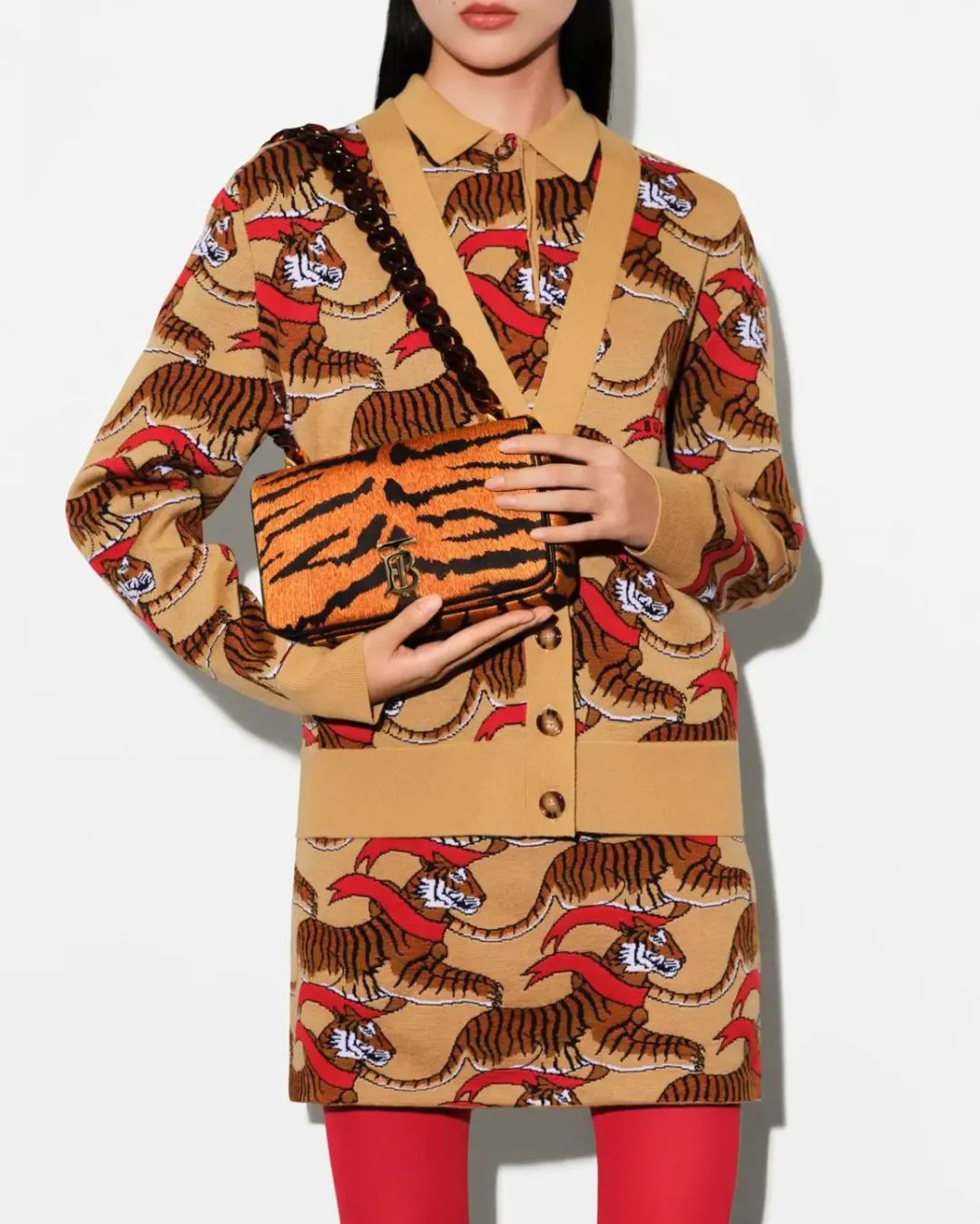
Image source: MCM
L ‘Oré al Paris, on the other hand, focuses on interpreting the meaning of “take-off” and “self-breakthrough” represented by the dragon. The brand announced on New Year’s Day this year that it would cooperate with contemporary young artist Chen Fenwan to present the theme pop-up shop under ground lines such as Tianjin Joy City. Chen powder pill to Chinese traditional paper-cut art as the carrier, to create a giant long dragon. In the promotional video, Chen Fenwan mentioned that he would continue to perfect the dragon with paper-cut and spliced pieces of dragon scales to express the beauty of endless diversity that every woman deserves.
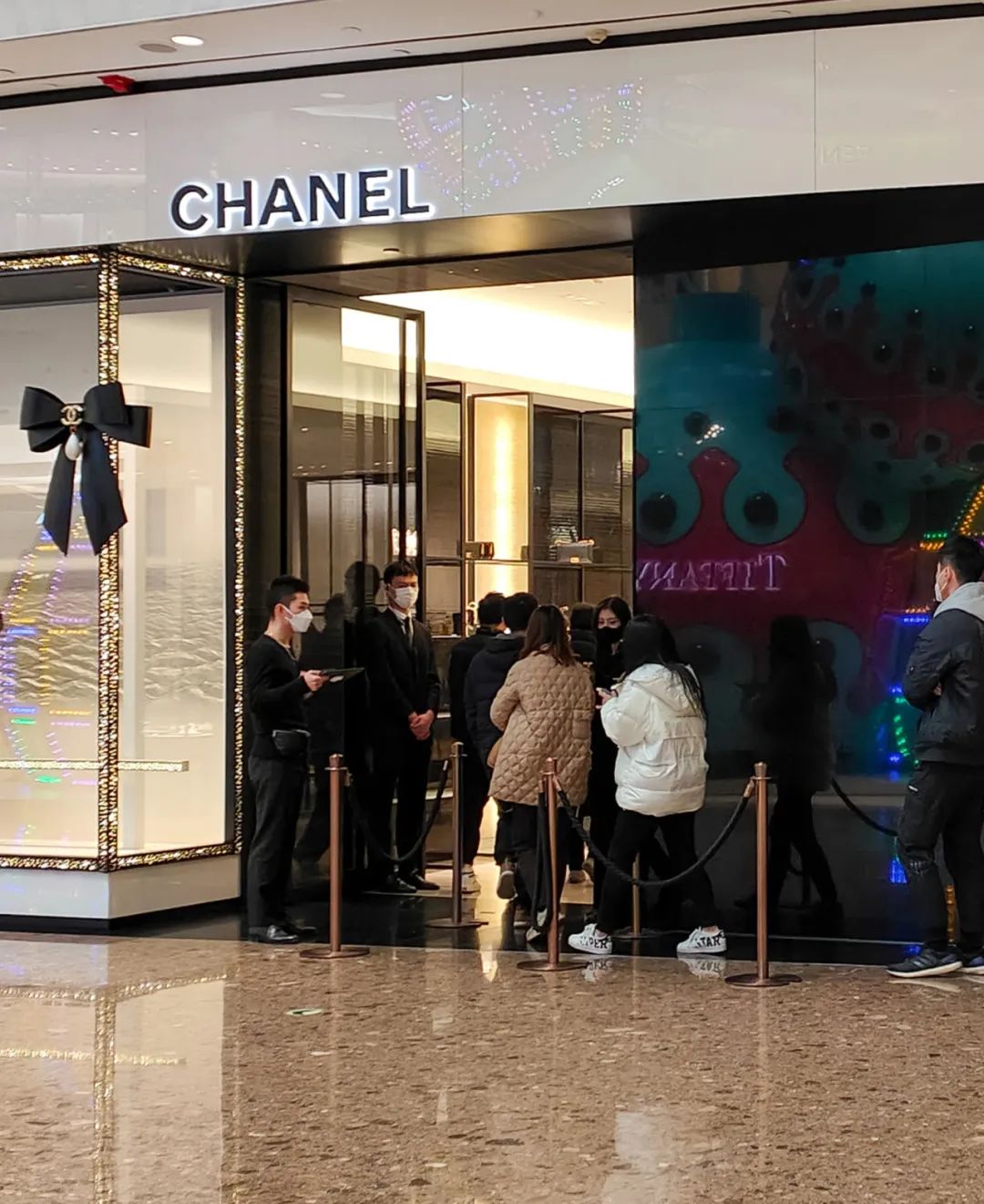
Photo by L’Oreal L’Oréal
“Luxury brands’ understanding of localization has begun to shift from emphasizing ‘product attributes to the direction of integration with art and culture,” Manon said. “In fact, international luxury brands have also experienced a similar ‘localization operation and marketing’ stage in the Japanese market. Referring to their development experience, it can be predicted that major brands will put more emphasis on cultural identity and personality expression in the local market. The development of luxury goods in the Chinese market is not only a change in market share, but also an evolution of culture and humanities.”
(Source: Vogue Business)
